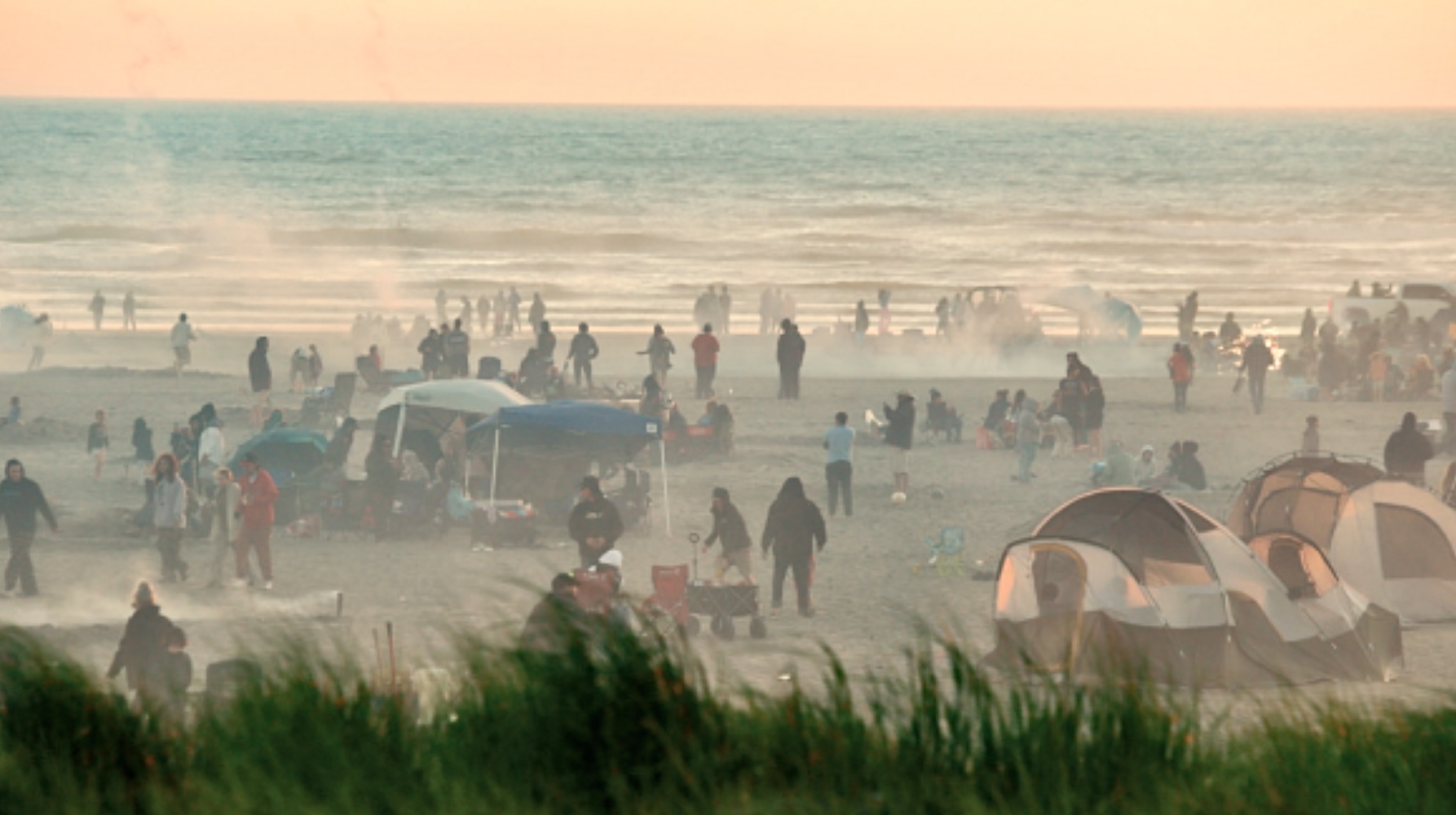Review: ‘Deep River’ explores the Finn-American experience
Published 12:15 am Saturday, January 18, 2020

- Lark Marlantes’ new novel is set in the communities and forests of the Lower Columbia River.
The book “Deep River” by Karl Marlantes is the fictional story of a woman, Aino Koski, from her youth in Finland in the early 1900s through a series of harrowing events to her later years in the Pacific Northwest and the life of a political activist.
While the characters are fictional, many of the events or kinds of events Marlantes describes did take place in Finland and the Pacific Northwest.
The story opens with some background to the period in Finland, at the time when Aino is ready to move away for fear for herself and her family. Women had to be very strong under those difficult circumstances, and she quite clearly was not afraid to do what she felt was best at the time.
It should be remembered that in the early 1900s, Finland was an autonomic duchy of Russia, after the Russians finally defeated Sweden in 1809 and took Finland from Sweden.
There were many Finns who felt more comfortable with the conditions under Russia than they had been under Sweden. The country was divided about Russian rule; many opposed it and many were in favor of it.
By the late 1890s, when Russia imposed greater restrictions on the Finns, the Finns responded by calling for independence, which they won at the time of the Russian Revolution in 1917. At the same time, Finland became immersed in a civil war caused by class differences.
Aino’s father, Tapio, was a “torppari,” a kind of tenant farmer. The torppari system was developed in Scandinavia several centuries earlier. The farmhouses and plots of land the torpparit farmed for themselves belonged to large estate owners who charged rent and required that the torpparit contribute to the rent by working on the owners’ fields for free.
That often left very little time to tend to the torppari’s own fields and homes. All family members had to contribute to the labor.
Another aspect of the period, unusual in the rest of the world, was the fact that Finland recognized women’s rights quite early. During the period as an autonomic duchy of Russia, Finland, as a country, gave women full voting rights in 1906. Aino was one who fully treasured that recognition and wanted to take part in activism.
The story begins with the family living in relative comfort on a small tenant farm. Aino, the daughter of the family, is tutored by someone who finds that she is eager to learn the radical ideas that he believes in.
When Russian military men take over the house, forcing the family to move into the barn, they create an incident that results in Aino’s father being imprisoned.
As a result, the family can’t make payments to the owner of their rented farm and they are forced to leave and to wander from place to place in poverty. Through a series of bungled actions, Aino is taken by Russians and under torture gives information resulting in the death of a fellow activist, for which she knows she is to blame. Suffering both physical and mental pain, she decides to go to the U.S. where her older brother, Ilmari, was living.
In the Deep River area in Washington state, she is persuaded by her brother to work for an old widower who has children. In time, her physical wounds heal. Further events lead her to a logging camp in the woods, where she is hired to work in the kitchen. It is here she is reminded of the injustices of life. Here the men lived like animals while the owner and his wife lived in luxury in a big house. She is outraged that the men sleep in their damp clothes on straw on boards in a shack that is not heated until the men leave after 10 hours of work and build a fire in the stove.
When one of the loggers is killed by a snapped cable, she asked if anyone had checked the cable. “Who looks out for your safety?” she said, knowing no one did. “If working people owned logging companies then there would be time for safety inspections.”
At first attracted to socialism, then communism, she is persuaded that the Industrial Workers of the World would be the best to lend her talents to help. The other organizations only talk about change, she was told, but the Wobblies would act. On free nights off work, she travels to surrounding areas, persuading one worker after another to join the movement until logging camps all around included members who had joined.
Later, they acted to halt work in the woods. Owners retaliated by firing the men, hiring others to take their places, provoking incidents and arresting strikers. But, sometimes, the owners settled, agreeing to shorter hours, more pay and better conditions.
This, however, is only part of the story. The adventures of Aino’s brothers and Aksel are as offbeat as can be imagined: her brother and his spiritual Indian guide, the three friends who found a mysterious way to become wealthy and the madam who found the perfect husband for her daughter.
Anyone who loves the woods and the waterways of the Northwest will love this book. Every scene Marlantes describes is beautifully done, worth reading again and again.
The primitive condition of the camps as described in the book reflect the actual conditions reported by early loggers whose reminiscences were captured for the film “Steam Whistle Logging,” made by Lawrence Johnson in 1987 for the Clatsop County Historical Society. The files contain comments about the dangers of logging, the health risks due to poor facilities for sleeping and bathing, and the long hours worked.
Fred Burkhard reported that at the camp at Goble, similar to many other early camps, “The men slept on hay-lined wooden shelves; everyone ‘was lousy’ and they didn’t even have a bathhouse or anything. Rain soaked their clothes and there was no place to dry them at night and they would go to bed with their wet clothes on … until the I.W.W. strike in 1919 to 1923 (when) they made the camps put in beds for the men.”
Charlie Quick, another old logger, said that Joe Florey, who owned a logging outfit in Jewell, didn’t dare go in his own camp. He killed too many of them “driven ’em, driven ’em.” That was “highballing,” a practice engaged at times when owners wanted to maximize profit. The result was more injuries.
We find Marlantes’ book fascinating. It shows what terrible conditions the new immigrants had to suffer and how hard they had to work to establish themselves in their new country. We all had our problems after arriving in the United States, but the problems of modern times were at least a little easier to handle.
In each case, though, Finnish ‘Sisu’ helps.









